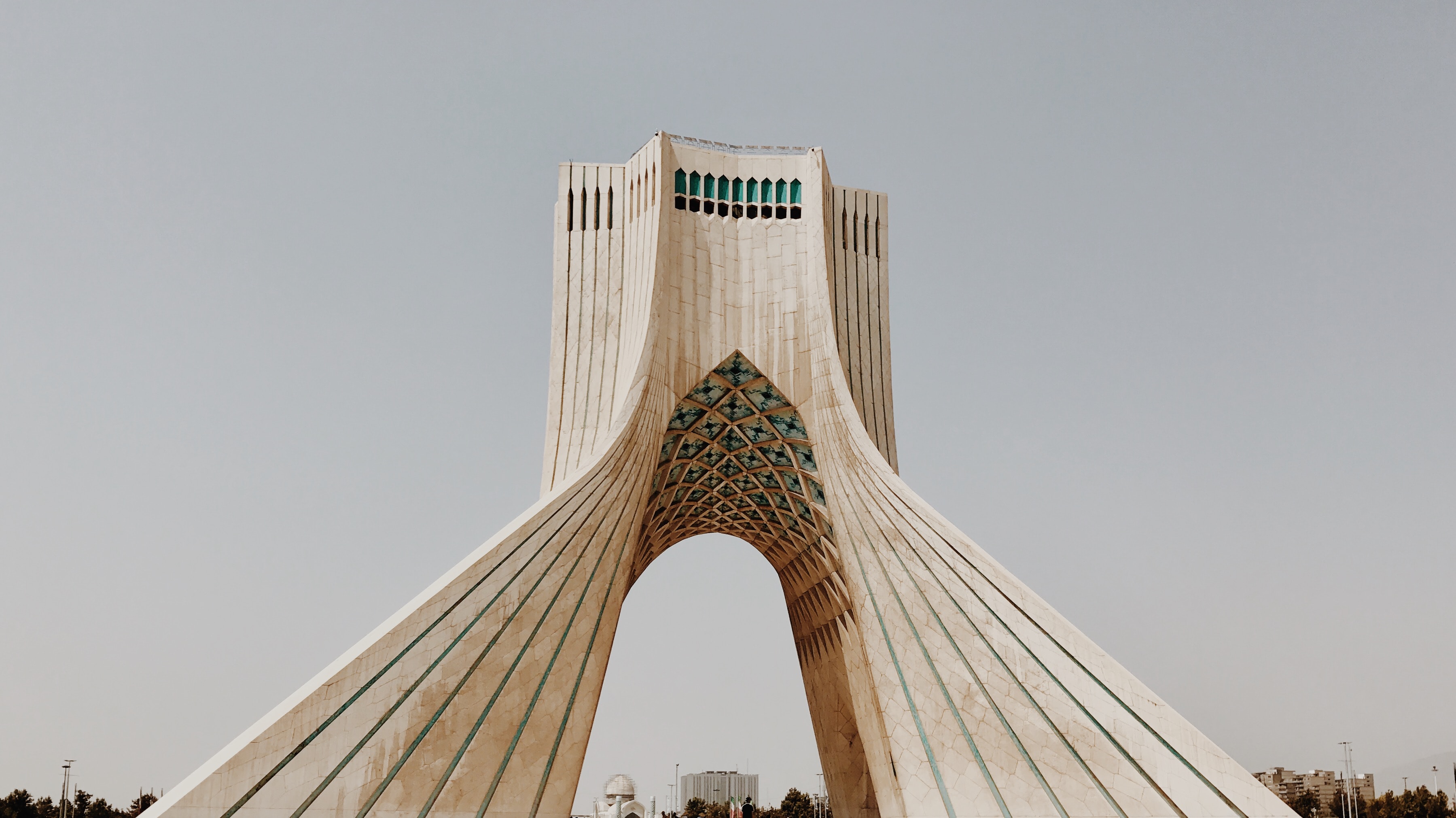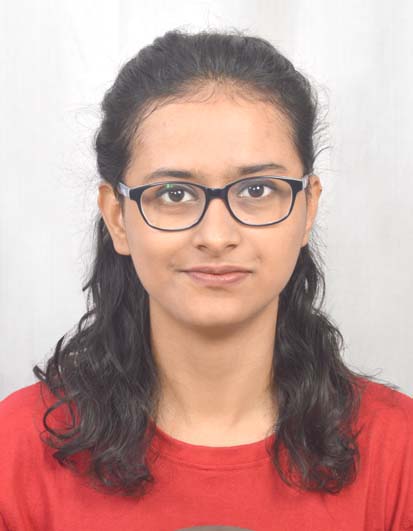Breaking
- MENU

Salom! That’s how one would be greeted in Iran from all spectrums of people, be it shopkeepers, drivers, or officials. The uniformity in the language of greeting, along with their poised gestures and polite mannerisms and friendly attitude, gives the impression of the Iranian tendency to pay the same amount of respect to all. The politeness in their behaviour is best expressed in traffic. Despite how huge the traffic, Iranian drivers never tend to honk, as they consider it to be uncivilised and impolite behaviour, unlike what one finds in India.
Being a first-timer abroad and to have chosen this country, can be a little apprehensive, given the image, consciously or otherwise, one has about the Islamic Republic of Iran—a very modernised, secular country that went back in time due to its anti-western and anti-secular political transformation. Nevertheless, getting an opportunity to visit the country of one’s academic pursuit is a blessing. Without hesitation, but with some apprehension, the two-week journey to Iran was set in the dry hot month of August.
With mountains gazing at you from all around, the incredibly huge capital city, Tehran, is strictly clean, lively, technologically advanced. Although lacking in its greens, it almost gives the impression that it is a replica of European modernism. The billboards, posters on the wall, nameplates of every vehicle and hoardings of every shop are mostly written in Farsi—one of the two official languages—although street-signs and metro stations are in Farsi and English. The series of Iranian flags along with religious green coloured flags with calligraphy in white quoting Imam Ali “as protector and commander” probably would be the best example of Iranian nationalism being intrinsically Islamic, Shi’ism in particular, in its religiosity.
One cannot help but notice huge portraits of Ayatollah Khomeini, the founder of the Islamic Republic and the present Supreme Leader Khamenei at the entrance of all official buildings, educational institutions, shrines and mosques and even in the shops, offices and classrooms, as if sending the message to everyone in Iran that it is the Islamic Republic.
Street sides, underpasses and many buildings provide another ample space for the commemoration of victims or ‘martyrs’ of Iran-Iraq War. The most eye-catching would be the large graffiti of a child martyr on the building right opposite to the main entrance of Tehran University. However, political posters, wall paintings, or graffiti are a rarity in public places, except in Qom where there was an anti-America graffiti.Beggars are found only in traffic, some selling pens while some are playing the accordion in traffic to earn their living; however, not one child beggar would be noticed. Japanese and French cars seen to frequent the most in the streets.
The public life in Tehran, especially in spaces like malls, cafes, restaurants and parks reek of westernisation. The atmosphere in such spaces is more relaxed. For example, if one goes to cafes, American and French coffees are found in the menu; youth, mostly university students, completing their assignments, reading books or engaged in deep conversations and even dating, over their coffee or tea or puffing cigarettes together. Posters of American popstars and rock stars can be seen adorning the walls of some cafes. In the malls, the clothing lines of many shops display mannequins wearing westernised gowns and other party wears that are meant only for private events.
The series of bookshops and adjacent cafes near the Enqelab street are a beautiful representation of youth culture in Iran. While most books are found to be available in Farsi, bookshops do display books on Reza Shah, Che Guevara and even the Obamas. Parks are the best places for women to ride their bicycles and skateboards since the Islamic Republic does not allow women to ride bicycles and motorcycles in the streets. This partly explains many women driving cars. Young couples and families find equal relaxed spaces in parks for a party or a quiet time for a small picnic, puffing their hookahs while kids are seen to play around as late as 2 in the morning on a weekday. Nightlife, therefore, is very vibrant in the capital.
In contrast, Qom is rather deserted in the night, with very few traffic seen on the roads. In every corner would one come across a shrine or a mosque. Women are mostly in their traditional black chadors, as compared to brightly coloured manteau in Tehran. Being the hub of religious institutes, many men are in their traditional robe, meaning those who attained a degree in Islamic principles and Islamic jurisprudence can be found on the streets of Qom. The city is filled by people from India, Pakistan, Iraq who are on a pilgrimage along with Afghanis, who were probably refugees who have made Qom their home.
One cannot help but notice the stark contrast in lifestyles in Tehran and Qom. While the former speaks volumes of its extravaganza and youth culture, Qom is much subdued, humble, even though some posh areas reflect the same extravagant lifestyle as in Tehran.
Shrines and mosques have a separate entrance for men and women, the latter being required to don the chador, which is provided to those not wearing one. These are not just spaces for practicing faith but also for resting and group gatherings. Women are seen to be engaged in sewing, reading, praying, resting, quietly chatting while sipping cups and cups of tea and cookies. Children are only found to accompany women in the women’s section of the shrine, playing around while their guardians are engaged in their works.
The contrast of Tehran and Qom is also witnessed in their portrayal of Prophet Mohammad and Imam Ali. Tehran never hesitates to display their full portraits, with faces revealed as can be found in the carpet shops of Grand Bazaar in Tehran, the street posters, or children’s books. Qom only displays portraits of the bodies of Prophet Mohammad and Imam Ali, while concealing their faces with an image of light.
As a foreigner, one is subjected to their curiosity and overwhelming hospitality. The first obvious question one would hear is which country they come from and the second question would be of the religion they belong to. Further conversation would follow depending on their comfortability with the English language, although ordinary Iranians are not familiar with English. Those who come from India would be amazed at their knowledge and love for Bollywood movies.
The image of Iran and its people are shown to outsiders do not seem to affect the lifestyle of Iranians within the country. Every Iranians would tell you not to believe what the western media shows and propagates, pointing out how life in Iran is as free as any other country. However, if asked about why the many zeros added in their currency notes (the official exchange rate of one dollar is 42,000 Rials, but in private market, it is 114,000 Rials, they would only give you one answer: “Because of America.”
As part of its editorial policy, the MEI@ND standardizes spelling and date formats to make the text uniformly accessible and stylistically consistent. The views expressed here are those of the author and do not necessarily reflect the views/positions of the MEI@ND. Editor, MEI@ND: P R Kumaraswamy

Ankita Sanyal is a doctoral candidate at Centre for West Asian Studies, Jawaharlal Nehru University, New Delhi. She worked as a summer intern at National Human Rights Commission, New Delhi in 2014 and participated in Global Initiative for Academic Networks, lecture on “Jerusalem and Abrahamic Faiths throughout the Ages” (November 2016); ICSSR-sponsored workshop on “Research Methodology Workshop in Social Sciences” (February 2019); and workshop on “Second Intensive Course on Women’s Studies in Islam and Iran” at the University of Religions and Denominations, Qom, Iran (August 2019). She currently has many publications and has presented papers in national and international conferences. She received certificate on completion of Level Two Persian Language course. Her area of interest includes minority studies, gender studies, cultural studies, education, peace and conflict studies.
